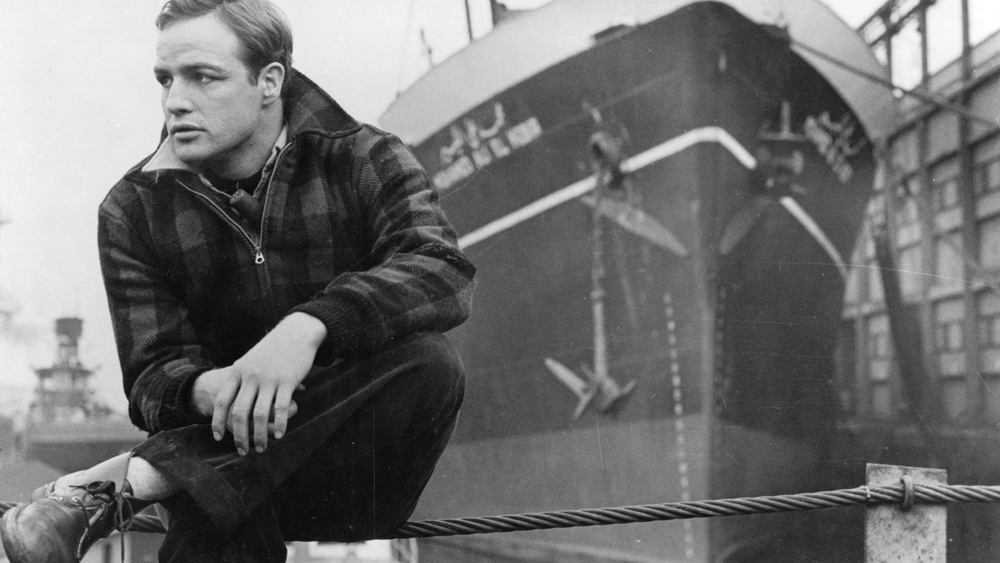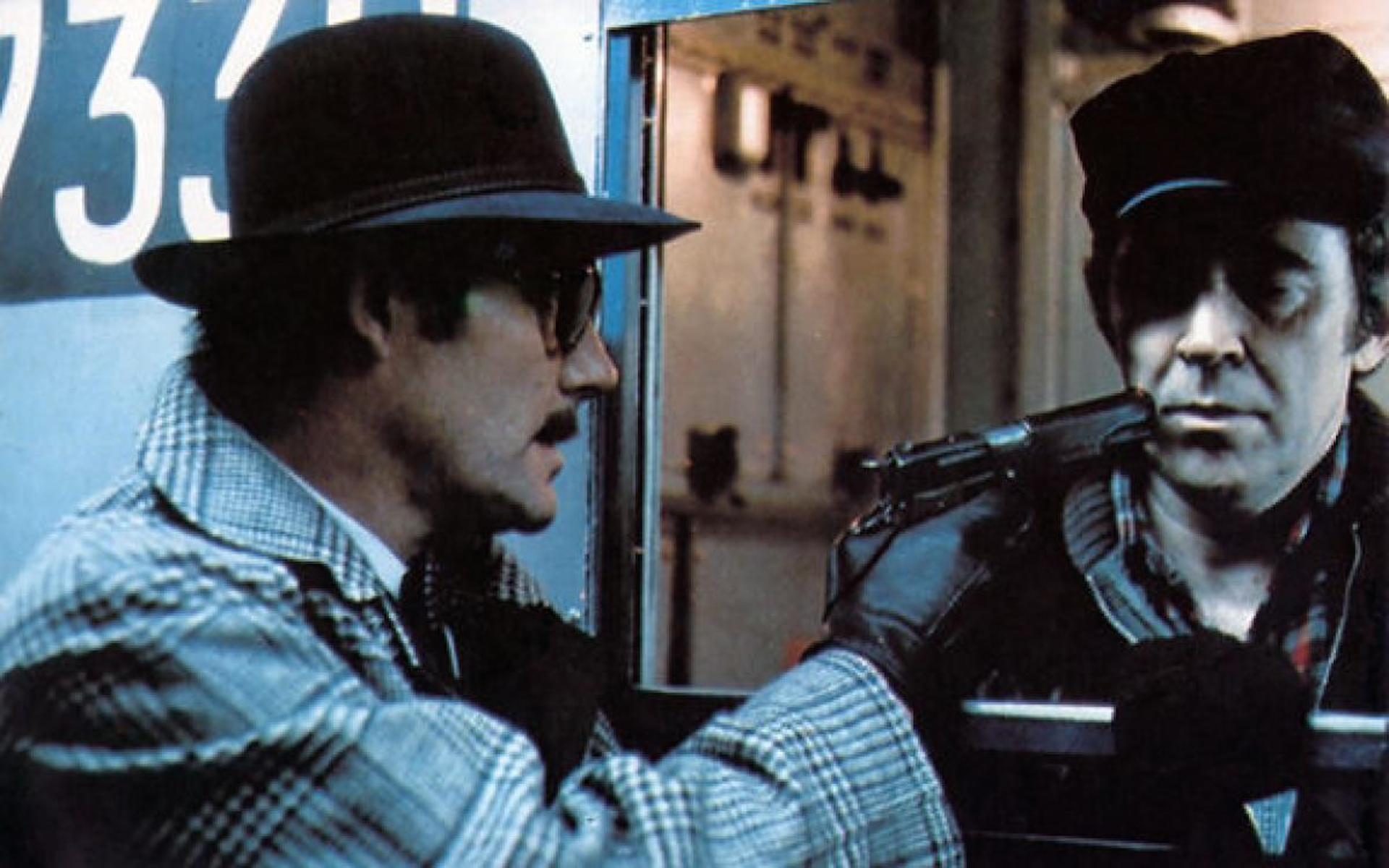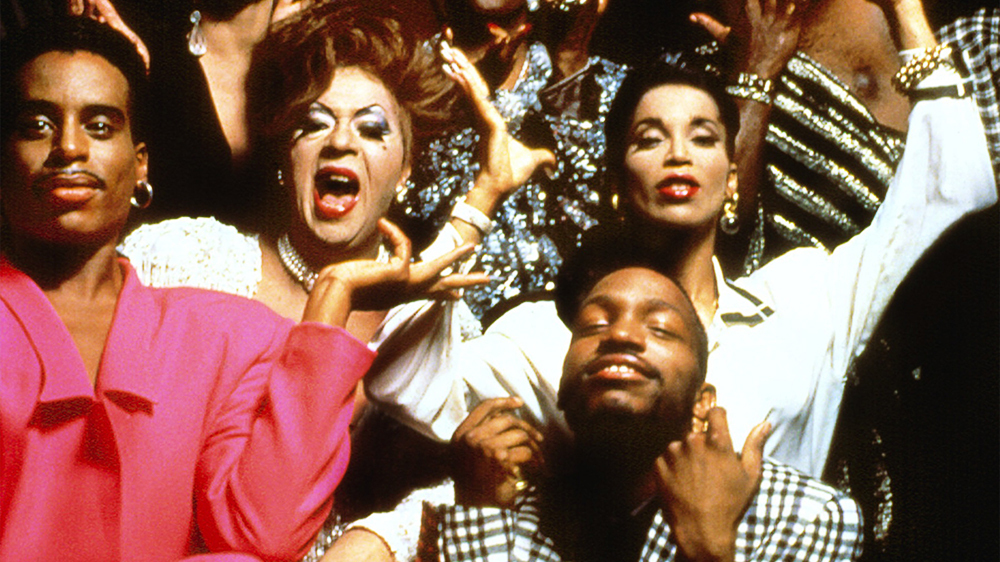For me, New York City is both reality and myth, ugly truth and glamorous dream. I am from here (as are my parents and grandparents) and, though I’ve wandered, I live and write here now. At the same time, like all of us, I grew up seeing New York in the movies and on TV, reading about it in books and hearing about it in songs. My relationship then is strangely doubled. Of course I loved books or films set in LA or Paris or Tokyo or Texas, in the jungle or the desert or at sea. But these were exotic places that I eventually saw with my own eyes or not. With New York, I was carrying on my little existence, going to school or to the dentist, playing in the park or ditching Hebrew school, in the same places that were being blown up, bigger than life on screen. It made me both a harsh critic—if your character makes a right turn in midtown and is now somehow in Brooklyn, or if that alley is clearly in Toronto not The Bronx, I’m out—and a sucker for shots of steaming manhole covers and kids playing in hydrants—as I once did in Queens. To compile a list of great New York movies, even if you qualify it by adding terms like “gritty” or “old,” is a doomed endeavor. There are just too many. But that is the point: I grew up in an every-day town that was also the set of a million movies, a few of which somehow got stuck in my subconscious, where they influence my own work till today.

On the Waterfront
This is an origin myth or maybe a personal pre-history, about a small-time boxer taking a stand against gangsters on the docks. Like Marty, it is a movie in which people of my parents’ and grandparents’ generation saw their world, working class Brooklyn, mythologized on screen, complete with a god-like hero—Marlon Brando. I have met a number of successful movie business folks from Brooklyn who name this as their favorite picture and have this poster framed in their Hollywood Hills homes.

The Taking of Pelham 123
I saw this with my grandfather at a double-feature—my parents must have been busy because he preferred Westerns, and I was very into kung-fu movies at the time. It turned out to be about a crew of villains who take a 6 train hostage, threatening to kill a passenger a minute unless they get a million dollars. I remember the elaborate heist, the getaway, the police car having an accident delivering the dough, the great Walter Matthau as a transit cop and the rest of the bunch—Jerry Stiller, Martin Balsam, Robert Shaw—like a gallery of 70s faces. But of course what really hit me was the crashing subway car. No doubt we took the train home after.

Dog Day Afternoon
A bank-heist-gone-wrong film that descends, or perhaps ascends, into great tragedy, starring Al Pacino, who could have his own list here, as the totally incompetent bank robber who ends up taking the bank’s employees hostage. I love the complexity of the people, from the hostages who end up worrying about their captor, to Sal, (played by the John Cazale) who, when asked what country he wants to flee to, says “Wyoming,” to Sonny’s wife, a transwoman, whose sex change the heist is intended to fund. So many on-lookers packed the location that director Sidney Lumet used them in the picture, making it a true snapshot of Brooklyn in its time. The other Lumet/Pacino collaboration I’d like to recommend is Serpico, about the brave cop who exposed police corruption: again it is an almost documentary-like record of 70s New York, from hippy Greenwich village to old time Italian neighborhoods, from police stations to vacant lots. One of the first movies I can remember crying over.

The Panic in Needle Park
Pacino again. Here he plays a junkie—hustling, stealing, dealing, copping and getting high on the once scuzzy Upper West Side, if you can imagine such a thing. This film, written by Joan Didion and John Gregory Dunne and directed by Jerry Schatzberg, is notable for its relentless realism (junkies shooting up with droppers) and pitch-black humor, (hiding in the bathroom while a friend turns a trick, a character ODs and has to be, silently, revived) but it is the heart-wrenching, betrayal-ridden, but tender love story between Pacino’s Bobby and Kitty Winn’s hapless Helen that haunts me.

Paris Is Burning
A 1990 documentary by Jill Livingston that explores mid-to-late-80s drag ball culture as lived by African-American, Latino, gay and transgender New Yorkers. It explained ideas like voguing, reading, walking, and realness way before they hit the mainstream and detailed its subjects’ struggles against violence, racism, sexism, homophobia, transphobia and poverty. There is much suffering and loss, (one of its main figures, the Venus Xtravaganza, was murdered) but also spiritual triumph as we see people creating their own families, culture and ultimately, their own selves. This is required viewing for anyone interested in what deep New York culture was once really like.

Style Wars
Another essential documentary from this era, Style Wars is a brilliant 1983 film about the origins of hip-hop, featuring legendary graffiti artists, break dancers, rappers and DJs and capturing this home-grown artform as it is being born. My own experience, as a straight white kid, was how, at the time, all these subcultures overlapped and intersected. A place like the Pyramid Club was a center for drag, performance art and underground rock bands; famous graffiti writers would be featured at downtown clubs and rap shows would be half black homeboys and half white punks, not to mention white homeboys and black punk rockers. This authentic, organically grown complexity, diversity and community, was part of what made New York the unique cultural phenomena that it was.

Do the Right Thing
An earthquake of a movie. I saw this opening night in Manhattan. Not only was it sold out, somehow a bunch of extra people snuck in and kids were sitting and standing in the aisles and on the steps. The air in the dark theater crackled with energy, and when the Public Enemy song kicked in, you really felt like something might just go off, that the whole place might erupt. At the end, when the lights came on, I looked around and everyone was smiling. To me this is still Spike Lee’s greatest film, his masterpiece about race in his city, a cry from the heart, declaring and demanding both war and peace.

The French Connection
An awesome film but also an exemplary title from what could be a whole list—the gritty, 70s procedural. This one has it all: the dirty streets, (it seems like it’s shot through a lens that a homeless guy’s been wiping) the gigantic cars, the cigar-smoking bad guys in fancy suits, the grungy cops who look like small time hoods themselves, the thin overcoats in the freezing cold, that amazing all-time-best-car-chase, where Gene Hackman races a elevated train through Bensonhurst. And it’s got Gene Hackman. And Roy Scheider, who was also in The Seven Ups, another cool cop movie with another brilliant chase. My new book, The Hard Stuff, has an armored truck robbery in midtown and a car chase through Brooklyn and these are the movies I think of as a gold standard. The French Connection, also prefigures more recent cop procedurals like The Wire in its ambiguity: the good guys don’t win it all, and Hackman’s Popeye Doyle shoots a fleeing killer in the back. Apparently, the police advisors onset objected, but director William Friedkin stuck to it, insisting that’s what the real cop, Eddie Egan, would have done. As the story goes, Egan was there and did not object.

Superfly
Again this picture is standing in for a whole subgenre—the “Blaxploitation” films of the 70s, like Shaft and Sweet Sweetback’s Baadassss Song, which fused noir and pulp with contemporary black culture into a volatile mix that was controversial and heavily criticized, but also exerted a powerful influence on our culture, from film to music to fashion, for decades to come. Here, Youngblood Priest, a Harlem coke dealer (Ron O’Neal) tries to escape the life, despite his girlfriend’s pleas that he just walk away, by pulling off one last big deal for 30 kilos—but it turns out the supplier is a crooked cop. The whole look and feeling of this movie really made an impression on me, though much was due to the magnificent soundtrack by Curtis Mayfield, almost an opera or song-cycle onto itself. Another key movie from this group for me is Across 110th Street (with another terrific song by Bobby Womack) in which a straight-laced black cop (Yaphet Kotto) and a racist, corrupt white cop (Anthony Quinn) race to catch a Harlem stick-up gang who robbed a Mafia policy bank before the wise guys get them. I especially liked this view of New York street life as not so much good and bad guys, cops and robbers, as a whole ecosystem of competing, co-operating and intersecting clans and scams.

The Warriors
This is a wild movie, a surreal action picture about a gang who attend a crime summit in the Bronx, are framed for murder, and then have to make it home to Coney Island, crossing a nightmare version of the city. It’s like a living comic book—with characters named things like Cochise, Vermin and Rembrandt—helmed by super-violent Walter Hill. It is also, like another fave, Escape From New York, a dystopian fantasy that, in retrospect, seems like a pretty realistic description of what getting home at night was sometimes like in those pre-gentrified, pre-Uber, pre-ATM days. What I loved of about these films is that they are fantasies, yet they took place not in Middle Earth or another galaxy, but right outside my door.

Goodfellas
Of course no list of New York movies can miss Scorsese, or his partner in crime Robert DeNiro, but which one? No picture epitomizes the dreamy menace and nightmarish beauty of 70s New York like Taxi Driver, which was the first movie I remember longing and yet being forbidden to see, as if, as a kid, I already knew I would love it. And Mean Streets has basically spawned its own mini-genre, and I don’t just mean close relatives like the also excellent Pope of Greenwich Village: how many first films are there, world-wide, about a young person trying to break out of the neighborhood, caught up with a ne’er-do-well best friend? But I put Goodfellas up front because, unlike the many great gangster films that I do not list here, it is not about the bosses, the Godfathers and Scarfaces and Kings of New York; it focuses, with that Scorsese intensity, on the customs, costumes, food, music, capers and murders in the everyday (everynight) life of working-class criminals hanging out mostly in Brooklyn and Queens, with the occasional trip to the Copa.

Sweet Smell of Success
I will end with another classic. This noir tale of a striving, sleazy young press agent, played by Tony Curtis, a mighty monster newspaper columnist (Burt Lancaster), and his sister (Susan Harrison), caught between them as she tries to escape her brother’s control, even through suicide, and flee with her jazz-musician-lover, has it all: velvety black and white photography, a blasting score, The Stork Club and 21 and Times Square, but I love it most for its vision of the big-city big time as a dazzling gift box with nothing inside it but emptiness. And for its script by Clifford Odets, which is the despair of anyone who tries to write dialogue. Will I ever write a line half as good as “the cat’s in the bag, and the bag’s in the river”? I can only try. For now, I will end this humble list with another great line, delivered by Lancaster: “I love this dirty town.”
***





















